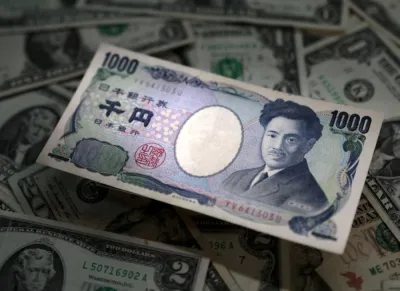|
Sri Lanka’s rupee currency is in an appreciation trend and the monetary authority will manage any volatility through intervention, the central bank governor said yesterday. |
The rupee has been defended from both appreciation and depreciation via central bank’s moral suasion, which has compelled the market to trade forwards.
The rupee forwards have also been capped by the central bank from time to time, dealers have said.
Traders say the currency is under downward pressure due to dollar demand for imports and record low interest rates.
Central Bank governor Ajith Nivard Cabraal, however, said there was no downward pressure on the currency.
“We see a BOP (balance-of-payment) surplus being recorded and we have seen trends which show that there is a tendency for rupee to appreciate,” Cabraal said.
“In that sense we are also conscious that we need to manage the process in a way that it is not going to be causing any turmoil.”
Currency dealers say the central bank has prevented extreme volatility, but it has also discouraged banks from foreign exchange trading.
“The business of central bank is to provide stability, not to provide violent fluctuations,” Cabraal said. “The monetary act law also contemplates moral suasion. So if some trader has a problem with it, he must canvass to change the law.”
He said the central bank will use appropriate instruments to smoothen volatility depending on short- and long-term conditions.
“We do not do a day-to-day business. It is our job and not the traders’ job,” Cabraal said.
Turning to interest rates, Cabraal said rate levels seem to be “appropriate in the current context” and would help the economy grow by the targeted 7.8% this year.
The central bank will announce its monetary policy rates for November on Tuesday.
Cabraal also said credit growth has improved, and picked up to 4.6% in September year-on-year from 2.6% in August. It hit a more than four-year low of 0.8% in July.
He also said the central bank sees next year’s annual average inflation, measured on a 12-month moving average, at close to 4%. It slowed to a 55-month low of 3.8% in October from 4.2% a month
earlier.



